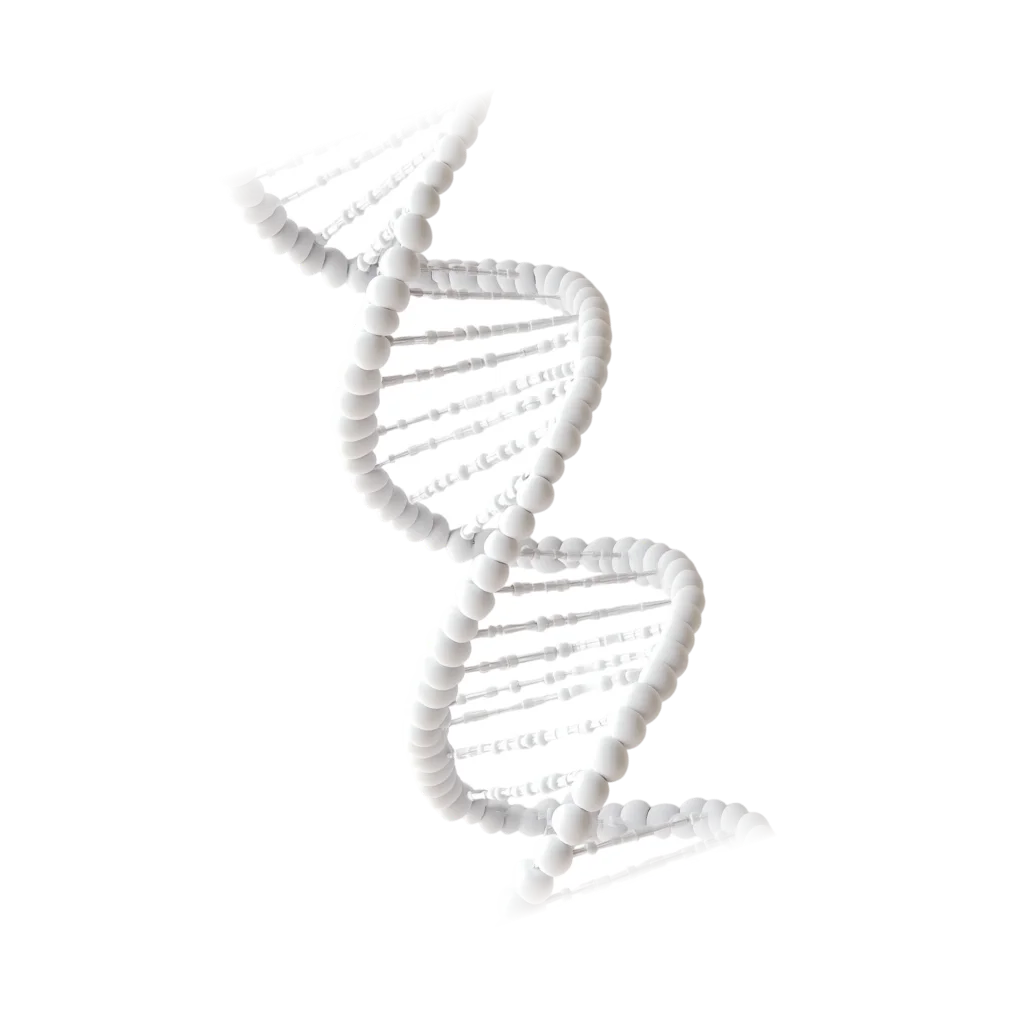AI-Powered Healthcare Solutions
- Home
- /
- AI-Powered Healthcare Solutions
Revolutionize Healthcare with AI
At CLINICALAE, we offer advanced AI-driven services that reduce provider burden, improve patient outcomes, and lower costs across the healthcare ecosystem. Our solutions are built to empower clinical teams and deliver smarter, faster, and more proactive care.

Preventive Disease & Risk Prediction
Stay Ahead of Illness with Predictive AI
Our AI algorithms analyze clinical, lifestyle, and historical health data to identify patients at risk for chronic or acute conditions—before symptoms appear.
- Early identification of high-risk individuals
- Proactive care management workflows
- Reduction in hospitalizations and emergency visits
Outcome
Better resource allocation, improved population health, and reduced downstream costs.

Chronic Care Management (CCM)
Smarter Chronic Disease Control
We support ongoing patient care for conditions like diabetes, hypertension, COPD, and more using AI-enabled tools.
- Personalized care plans and remote monitoring
- AI-generated alerts for clinical deterioration
- Integrated patient dashboards and adherence tools
Outcome
Enhanced care coordination and fewer disease complications.
AI Medical Scribe
Less Typing, More Healing
Our ambient AI scribe listens during patient encounters and automatically generates structured EHR notes.
- Reduces charting time by up to 70%
- Enhances provider satisfaction and accuracy
- Integrates seamlessly into existing EHR systems
Outcome
Significant time savings and restored focus on patient interaction.


Pre-Authorization Automation
Faster Pre-Approvals, Less Admin Work
Using AI to handle payer documentation, eligibility checks, and submission.
- Automates extraction of required clinical data
- Real-time decision logic to meet insurer criteria
- Reduces patient delays in care delivery
Outcome
Accelerated treatment pathways and reduced denials.
Revenue Cycle Management
Optimize Revenue, Reduce Leakage
Our AI solutions improve accuracy and efficiency across your billing operations.
- Predict claim denials before submission
- Support for medical coding and charge capture
- Dashboard insights into financial performance
Outcome
Higher reimbursement rates, less rework, and better financial health.




Optimize Revenue, Reduce Leakage
Our AI solutions improve accuracy and efficiency across your billing operations.
- Predict claim denials before submission
- Support for medical coding and charge capture
- Dashboard insights into financial performance
Outcome
Higher reimbursement rates, less rework, and better financial health.

Clinical Decision Support
Our AI solutions improve accuracy and efficiency across your billing operations.
- Predict claim denials before submission
- Support for medical coding and charge capture
- Dashboard insights into financial performance
Outcome
Higher reimbursement rates, less rework, and better financial health.

Revenue Cycle Management
Our AI solutions improve accuracy and efficiency across your billing operations.
- Predict claim denials before submission
- Support for medical coding and charge capture
- Dashboard insights into financial performance
Outcome
Higher reimbursement rates, less rework, and better financial health.

Why Choose CLINICALAE
Our Promise: Smarter Care, Lower Cost, Happier Providers
At CLINICALAE, we’re committed to

Driving down total cost of care

Scaling health systems efficiently with compliant AI

Reducing administrative overload

Delivering personalized, data-driven care


Join Us in Transforming Healthcare
We invite you to be a part of the healthcare revolution. Collaborate with us to drive innovation, improve patient outcomes, and shape the future of healthcare. Together, let’s make a difference in the lives of millions.

Phone


